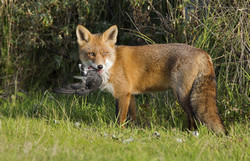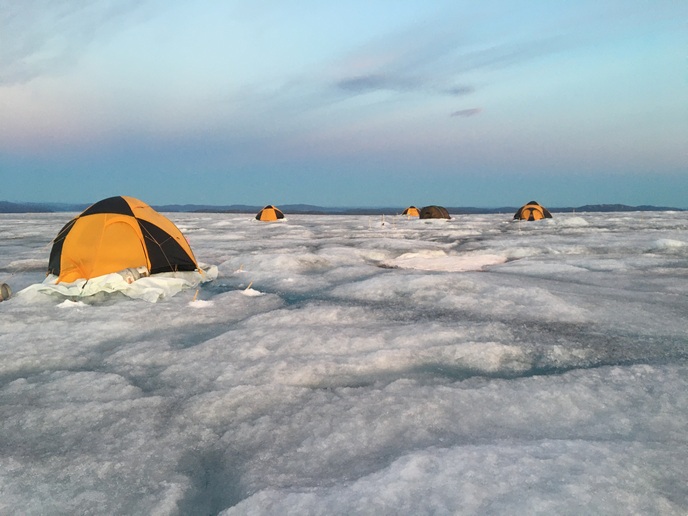Red fox study aids captive breeding
The aim of the JACKALS (Measuring Levels of MHC diversity between free-ranging and potentially isolated populations of black-backed jackals (Canis mesomelas)) project was to investigate levels of genetic variation associated with genes directly related to the survival of globally distributed species. The immune function genes of the major histocompatibility complex (MHC) were selected as a suitable marker for environmental stressors. The original proposed study species was the black-backed jackal, but following a rabies outbreak this was switched to the red fox (the most widely distributed terrestrial carnivore). Genetic samples were sourced throughout its distribution, including tundra, taiga forest temperate forest, grasslands and deserts. A dataset was therefore collected that encompassed the greatest number of environmental parameters for a single species. Polymerase Chain Reaction (PCR) was used to amplify the genomic regions of interest (exon 2 MHC class genes DRA and DRB). Researchers identified 22 new DRB alleles in foxes from the United States (including Alaska), 20 of which were unique to the region. The analysis will also be extended to the Sierra Nevada red fox, a critically endangered and likely separate red fox species. A total of 19 alleles were identified for the Fennoscandia region (which includes the Scandinavian Peninsula, Finland, Karelia, and the Kola Peninsula) 10 of which were unique to this area. This was of particular interest as it suggests that these alleles may confer immune system adaptations to cold climates. JACKALS helped to show what makes the red fox such a successful species and revealed a high degree of allelic diversity within a particular genomic region related to pathogen recognition. This diversity indicated an ability to generate and maintain adaptations to specific regional conditions. However, studies of fox populations in Australia showed that the species can succeed when diversity in this genomic region is lacking. Understanding which genes and allelic profiles are expressed under a range of external conditions (such as disease risk) will be invaluable for future endangered species captive breeding programmes. Maintenance of appropriate levels of genetic diversity will significantly enhance the chance of survival in animals released into the wild. Therefore, the project’s results will be of particular interest to zoos, wildlife reserves and national parks.







